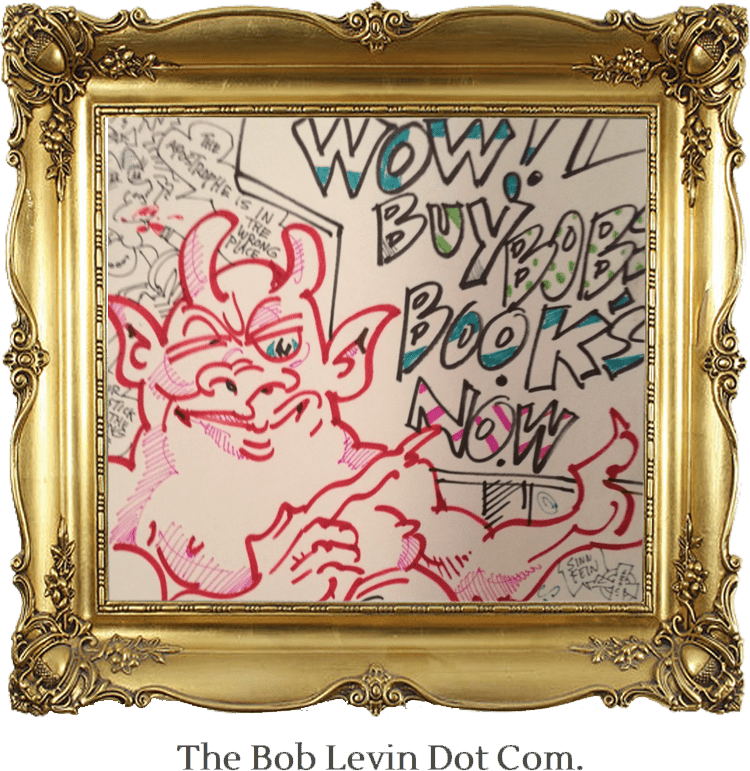I was going to write this as a blog. Then it got long enough I thought, Maybe I can get some money for it. I sent it to Broad Street, but it decided it didn’t suit the demographics for which it was aiming. So here it is. (I’m not sure why I wrote it in the third-person. Adele says it was for “Distance.”
EXISTENTIALLY SPEAKING
For a while, after leaving his six-month appointment with Dr. M, Levin felt fine.
His echo-cardiogram had been good. His increased Lipitor dose had his HDL/LDL balance back where Dr. M wanted, so the new drug would not be necessary. She had dismissed his reported shortness of breath when walking up hills with a “And a hot stick in the eye stings.” But she had raised the question of his blood thinner.
After Levin’s second heart attack, which had occurred because he had turned out to be among the small percentage of the population resistant to Plavix, Dr. M had put him on Effient, which had been developed a year or two earlier. Normally people stay on a blood thinner a year or two, but Levin had been on his five. He had been off it for a few months in 2014, but after an incident of chest pain, Dr. M had put him back on. It might have been nothing, but given his history…
Now he had passed the point where there was reliable data. The risk if he stayed on, Dr. M had explained, was a major bleed in his brain. But if he stopped, Levin risked an “incident” that might be something.
There had been some moments of silence, during which Levin had noted that Dr. M was not asserting a recommendation. There was no question, he knew, but that Dr. M was deeply concerned about him and his wife Adele. The weight, he had thought, of a doctor in her position must be enormous.
“My inclination,” he’d said, “is to risk the latter.” He’d had experience with “incidents” and none of them had killed him. Images of friends who’d suffered strokes had dropped into his mind like skeletons before children during a Fun House visit.
“I’m inclined the same,” Dr. M had said.
“Me too,” Adele said. “I don’t think either Bob or I would do well with a brain bleed.”
Levin would have a stress test. If that showed, as Dr. M and he he hoped – and expected – that his heart was strong and his vessels clear, she would stop the Effient.
Meanwhile she raised his Lexapro.
He was not long removed from the examination room before that seemed a good idea. The shell of well-being and positive feelings Levin had established in his recent hospital-free years had shattered. It seemed a delusion and he seemed a fool and all the activities in which had engaged with reliable ensuing pleasure seemed nonsense. There was a pit into which he was falling,
It continued for 24-hours. Then, even before the anti-depressant could be working, though it still seemed a b’rakhot, his mood floated upwards. An existential clarity seemed to adhere to his dilemma. Were we not all, Levin thought, walking around, unknowing, second-to-second, if our brains would bleed, our hearts clog, or a piano dropping four floors strike us?
He looked forward to stepping on the treadmill and seeing where it took him.
